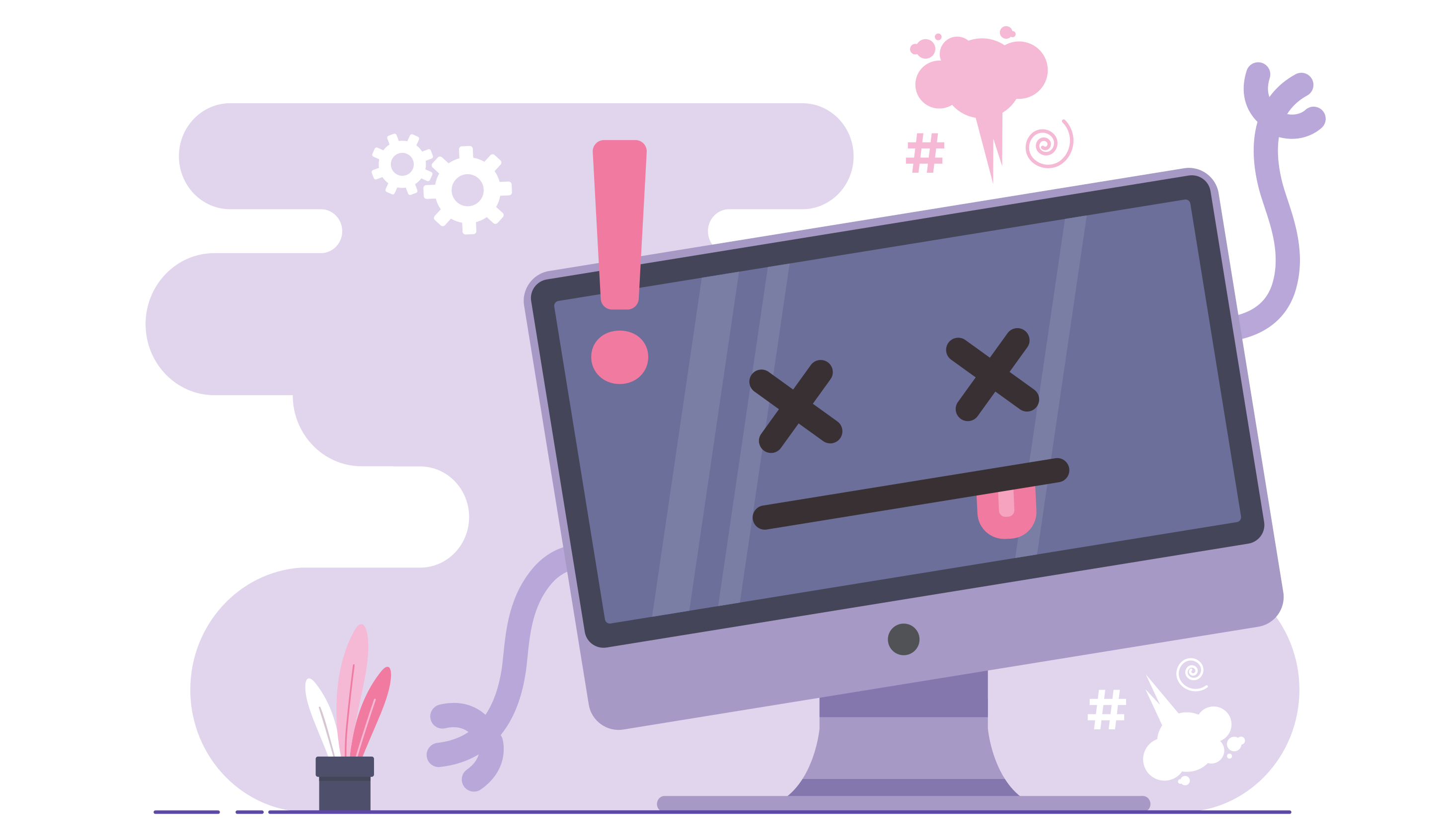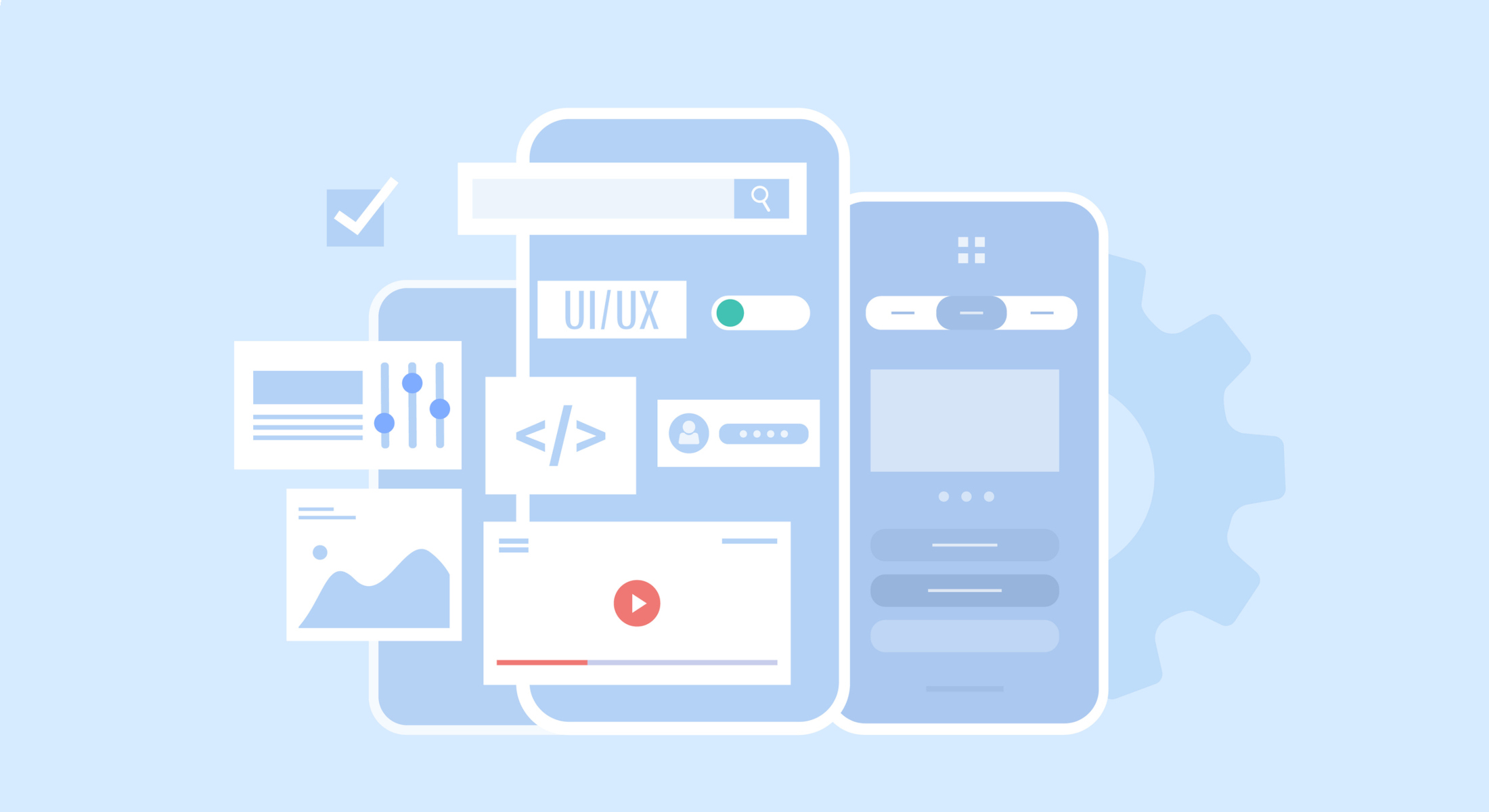Premade website themes and templates are a popular way to launch a site quickly without starting from scratch. They typically include pre-designed layouts, styling, and basic functionality that can be applied to platforms like WordPress, Shopify, or static HTML builds. For many projects, this can significantly reduce development time and upfront cost.
These themes are commonly used by entrepreneurs, freelancers, startups, and small businesses that need to get online fast or are working within a limited budget. They're also often chosen for early-stage projects, marketing campaigns, or sites where speed and convenience are higher priorities than deep customization.
However, the same features that make premade themes appealing can also introduce limitations. While they offer structure and consistency, they may restrict flexibility, affect performance, or require compromises as a site grows or evolves. Choosing between a premade theme and a custom-built solution often comes down to balancing speed, cost, and long-term adaptability.
What Are Premade Website Themes and Templates?
Premade website themes and templates are pre-designed frameworks that define a site's layout, visual styling, and sometimes its functionality. Rather than building a website from the ground up, users apply a theme or template as a starting point and then customize content, colors, images, and settings to fit their needs.
While the terms are often used interchangeably, there are subtle differences. A theme usually controls the overall look and structure of a website, including page layouts, typography, navigation, and global styling. A template, on the other hand, often refers to individual page layouts or static design files that can be adapted within a theme or framework. In practice, both serve the same purpose: providing a ready-made foundation for a website.
Premade themes and templates are available for a wide range of platforms and technologies. Content management systems like WordPress and Joomla offer large theme marketplaces, while platforms such as Shopify provide theme-based storefronts. Static HTML and CSS templates are also common for simpler or performance-focused builds.
Most premade themes include features such as responsive layouts, predefined page sections, basic accessibility considerations, and support for common plugins or extensions. Some also bundle additional functionality, such as sliders, page builders, or eCommerce components. Although this can speed up development, it may also introduce complexity or unused features depending on the project.
Pros of Using Premade Themes and Templates
Premade website themes and templates offer several advantages, particularly for projects where speed, cost, and simplicity are key considerations. When chosen carefully, they can provide a solid foundation without requiring extensive design or development effort.
Faster Setup and Launch
One of the biggest advantages of premade themes is the ability to get a website online quickly. With layouts, styling, and core structure already in place, setup often involves configuring options and adding content rather than building everything from scratch. This makes premade themes well suited for tight deadlines, early-stage projects, or marketing campaigns.
Lower Upfront Cost
Premade themes are generally far more affordable than custom design and development. Many are available for a one-time fee, and some are even free. For small businesses or individuals with limited budgets, this can make professional-looking websites more accessible.
Pre-Designed Layouts and Visual Consistency
Themes typically include thoughtfully designed page layouts and visual patterns that help maintain consistency across a site. This can be especially helpful for users without design experience, as it reduces the risk of unbalanced layouts or inconsistent styling.
Built-In Responsiveness
Most modern premade themes are designed to be responsive, meaning they adapt to different screen sizes and devices. This saves time and effort compared to implementing mobile layouts manually and helps ensure a baseline level of usability on phones and tablets.
Established Ecosystems and Community Support
Popular themes often come with documentation, tutorials, and active user communities. This can make troubleshooting easier and provide access to updates, extensions, or third-party integrations that extend functionality without custom development.
Cons of Using Premade Themes and Templates
Although premade themes and templates offer convenience, they also come with limitations that can impact performance, flexibility, and long-term maintainability. These drawbacks don't make premade themes a poor choice, but they are important to understand before committing to one.
Limited Customization and Flexibility
Premade themes are designed to work for a broad audience, which often means customization options are constrained. Making changes beyond what the theme settings allow can require custom code, child themes, or workarounds that add complexity and cost. As a site grows, these limitations can become more noticeable.
Performance Overhead and Feature Bloat
Many themes include a wide range of built-in features to appeal to as many users as possible. While this can be convenient, it often results in unused CSS, JavaScript, and functionality being loaded on every page. This additional overhead can negatively affect load times and overall site performance if not carefully optimized.
Dependency on Plugins and Theme-Specific Tools
Some premade themes rely heavily on bundled plugins or proprietary page builders to function as advertised. This creates dependencies that can complicate updates, introduce compatibility issues, or make it difficult to switch themes in the future without significant rework.
Limited Brand Differentiation
Because popular themes are used by many websites, it can be challenging to create a truly distinctive look. Even with customization, sites built on the same theme may share recognizable layouts or visual patterns, which can dilute brand identity.
Ongoing Maintenance and Support Risks
Themes vary widely in quality and long-term support. Some are well-maintained with regular updates, while others may be abandoned over time. If a theme is no longer supported, it can become incompatible with platform updates or introduce security risks, forcing a redesign sooner than expected.
Premade Themes vs Custom Theme
Choosing between a premade theme and a custom-built theme often comes down to understanding how each approach aligns with your goals, resources, and long-term plans. While both can produce effective websites, they differ significantly in flexibility, performance, and scalability.
Cost and Budget Considerations
Premade themes typically have a lower upfront cost, making them attractive for projects with limited budgets. Custom themes require more initial investment, as they involve design and development time adjusted to specific requirements. However, custom solutions can reduce long-term costs by avoiding workarounds or rebuilds later.
Speed of Development
Premade themes are designed for quick deployment. With layouts and styles already defined, a site can often be launched in days rather than weeks. Custom themes take longer, as structure, design, and functionality are created from the ground up, but they allow for precise alignment with business needs.
Flexibility and Customization
Custom theme designs offer complete control over layout, functionality, and user experience. Premade themes, although configurable, may limit how far you can deviate from their original structure without additional development effort.
Performance and Optimization
Custom themes can be optimized specifically for performance, loading only what is needed. Premade themes often include extra features and assets that may never be used, which can impact page speed if not carefully managed.
Long-Term Maintenance and Scalability
With a custom theme, maintenance and updates are typically more predictable, especially when built on standard platform practices. Premade themes depend on third-party updates and support, which can introduce uncertainty if the theme is discontinued or falls behind platform changes.
Brand Identity and Uniqueness
Custom designs allow a brand to stand out with a unique look and user experience. Premade themes, particularly popular ones, can result in sites that feel familiar or visually similar unless significant customization is applied.
Custom Website vs Premade Theme Comparison
| Premade Themes & Templates | Custom Theme Build | |
|---|---|---|
| Upfront Cost | Lower initial cost, often a one-time purchase or subscription | Higher upfront investment due to design and development time |
| Time to Launch | Fast setup using predefined layouts and styles | Longer timeline due to planning, design, and development |
| Design Flexibility | Limited to the theme's structure and customization options | Full control over layout, visuals, and user experience |
| Brand Differentiation | Risk of visual similarity with other sites using the same theme | Unique design tailored to brand identity |
| Performance Optimization | May include unused features or assets that affect speed | Optimized to load only what the site actually needs |
| Scalability | Can become restrictive as requirements grow | Designed to adapt and expand over time |
| Plugin / Tool Dependency | Often relies on bundled plugins or page builders | Uses only required tools and integrations |
| Maintenance & Updates | Dependent on third-party theme updates and support | Maintenance is predictable and under your control |
| Accessibility Control | Varies by theme quality and implementation | Accessibility can be built in intentionally from the start |
| Long-Term Ownership | Possible lock-in to a theme ecosystem | No dependency on third-party theme frameworks |
When Premade Themes and Templates Make Sense
Premade themes and templates can be a smart choice in many situations, particularly when the project's scope, budget, and timeline are clearly defined. When expectations align with what a theme is designed to deliver, they can provide excellent value.
Early-Stage or Short-Term Projects
For startups, MVPs, or temporary marketing campaigns, speed often matters more than long-term flexibility. Premade themes allow teams to validate ideas, test messaging, or launch quickly without a significant upfront investment.
Limited Budgets or Internal Resources
When budget constraints make custom development impractical, a well-chosen theme can offer a professional appearance at a fraction of the cost. This is especially helpful for small businesses or individuals without in-house technical support.
Straightforward Website Requirements
Projects with simple needs, such as informational websites, blogs, or basic portfolios, often fit well within the structure of premade themes. If the site doesn't require complex workflows, integrations, or custom functionality, a theme may be more than sufficient.
Familiar Platforms and Established Ecosystems
Using a theme within a well-supported platform like WordPress or Shopify can reduce risk. Popular themes often benefit from regular updates, documentation, and community support, making them easier to maintain over time.
Willingness to Work Within Defined Constraints
Premade themes work best when users are comfortable adapting content to the theme's structure, rather than reshaping the theme to fit a very specific vision. Accepting these constraints upfront can prevent frustration later.
When a Custom Theme Is the Better Choice
Although premade themes work well for some projects, there are situations where a custom-built theme offers advantage. These typically arise when long-term goals, performance requirements, or brand differentiation outweigh the benefits of speed and convenience.
Strong Branding and Differentiation Requirements
When a website is connected to the brand identity, a custom design allows for greater creative control. Custom themes make it easier to create unique layouts, interactions, and visual systems that reflect a brand's personality rather than conforming to common theme patterns.
Complex Functionality or Integrations
Websites that require custom workflows, third-party integrations, or specialized features often exceed the practical limits of premade themes. Although premade themes can sometimes be extended, custom development provides a cleaner and more maintainable solution when functionality goes beyond standard use cases.
Performance and SEO Priorities
Custom-built themes can be optimized from the ground up to load only the assets and features that are actually needed. This level of control can improve performance, accessibility, and technical SEO, especially for content-heavy or high-traffic sites.
Long-Term Scalability and Maintainability
For businesses planning to grow or evolve their website over time, custom themes offer greater flexibility. Changes can be made without being constrained by a theme's architecture or dependent on third-party updates, reducing the likelihood of costly rebuilds later.
Ownership and Technical Independence
Custom development avoids reliance on proprietary theme frameworks or bundled tools that may become outdated or unsupported. This can make it easier to maintain, update, or migrate the site in the future without being locked into a specific ecosystem.
Tips for Choosing a Premade Theme (If You Go That Route)
If you decide a premade theme is the right fit for your project, choosing carefully can help avoid many common issues. Not all themes are created equal, and a little due diligence upfront can save time and frustration later.
Review Update History and Support
Look for themes that are actively maintained and updated. Regular updates indicate that the developer is keeping pace with platform changes, security fixes, and performance improvements. Reliable documentation and responsive support are also important indicators of long-term viability.
Evaluate Performance Before Purchasing
Whenever possible, test theme demos using performance tools to assess load times and asset usage. Be cautious of themes that rely heavily on animations, sliders, or large bundled scripts, as these can impact speed and user experience.
Avoid Feature Overload
Themes that advertise dozens of built-in features may seem appealing, but unnecessary functionality often adds complexity and bloat. A lean theme that focuses on structure and flexibility is usually easier to customize and maintain.
Check Plugin and Builder Dependencies
Understand which plugins or page builders the theme relies on. Heavy dependence on proprietary tools can make future changes or migrations more difficult. Preference should be given to themes that follow platform standards and use widely supported tools.
Test Responsiveness and Accessibility
Confirm that the theme works well across different devices and screen sizes. Basic accessibility considerations, such as proper heading structure and keyboard navigation, are also worth checking before committing to a theme.
Making the Right Choice for Your Website
Premade website themes and templates can be an effective solution when speed, budget, and simplicity are the primary goals. They offer a fast path to launch and can work well for many projects, particularly when requirements are straightforward and expectations are aligned with their built-in structure.
At the same time, premade themes come with trade-offs. Limitations in flexibility, performance considerations, and long-term maintenance risks can become more apparent as a website grows or evolves. For projects that demand strong branding, custom functionality, or scalability, a custom-built approach may provide greater long-term value.
Ultimately, the right choice depends on your specific goals, resources, and timeline.




